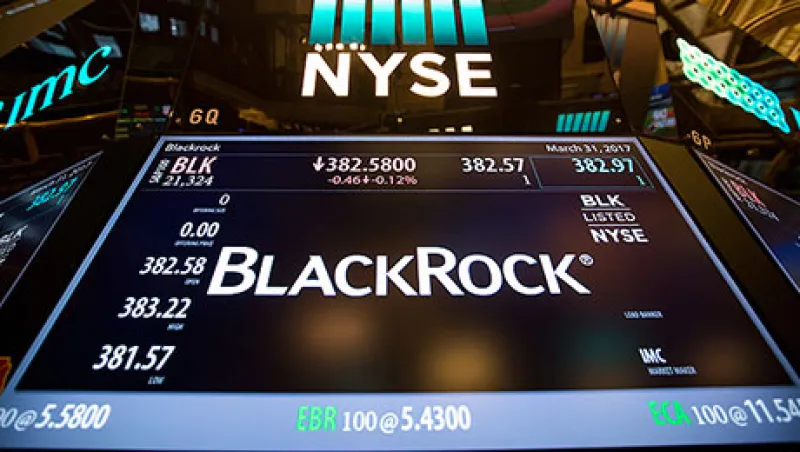Passive managers dominated in the 2017 II300 , Institutional Investor’s annual ranking of the 300 largest U.S.-based asset management firms.
For the eighth year in a row, BlackRock took the top spot, with $5.1 trillion in assets under management at the end of 2016 – a 12 percent increase from the $4.6 trillion the firm boasted in 2015. Meanwhile, second-place Vanguard Group, with $3.9 trillion under management, grew by more than $1 trillion in the last year alone.
The firm, best known for its passive offerings, attributed this 36 percent boost to the rising popularity of index funds.“Vanguard is a household name in indexing,” said Chris Philips, Vanguard’s head of institutional advisory services, by phone. “That has been a huge driver of cash flow and asset growth.”
With State Street Global Advisors claiming third place, managers that offer passive strategies made up the three largest U.S.-based firms by assets under management for the fourth year running. In total, these three managers were responsible for a combined $11.5 trillion in assets at the end of 2016.
[II Deep Dive: BlackRock Tops II300 for a Seventh Straight Year]
Northern Trust Asset Management, another large passive player, grew from $875 billion under management at the end of 2015 to $942 billion in 2016, launching it from the 13th spot to 10th place.
“Our success has been driven by strong flows from our ETF complex and our passive business,” said Steve Potter, president of North Trust Asset Management.
“We’ve had a consistent strategy which is in the sweet spot of where the market is moving. We would expect to see more growth and momentum.”
Active management firms, meanwhile, have struggled in the wake of an industry-wide shift to low-cost and passive products. Some traditionally active firms said they have adapted in order to better meet changing investor demands. Goldman Sachs Asset Management, which placed eighth this year with $1.2 trillion under management, is investing in new strategies like exchange-traded funds and active beta solutions, according to a spokesperson.
“Despite industry wide challenges in the active management space, Goldman Sachs’ investment management division has experienced consistent and strong growth in clients and assets under management driven by our global, broad, and deep capabilities to serve our clients with holistic advice, solutions, implementation, and service,” the spokesperson wrote via email.
J.P. Morgan Asset Management has also shifted its strategy to accommodate clients interested in passive products, having launched new beta offerings a few years ago.
“We have what we call a blended product, which is a mixture of passive and active,” said James Peagam, the firm’s head of North American institutional business. “We also have our own beta platform.”
J.P. Morgan Asset Management ranked fifth this year with $1.5 trillion under management, holding onto its spot from last year even as its assets under management decreased by around $200 billion.
Notably, some year-over-year fluctuations in assets under management were due to a change in the II300’s methodology. This year, investment management shops that are owned or rolled up into a larger organization were broken out and reported separately to better reflect how asset allocators analyze, hire, and fire money managers. In past years, Institutional Investor included the money managed by affiliated firms in the parent company’s total assets.
The II300 was created using data from research firm eVestment and supplemented by information provided by asset managers directly to II. The 300 firms on this year’s list managed a combined $45 trillion.







